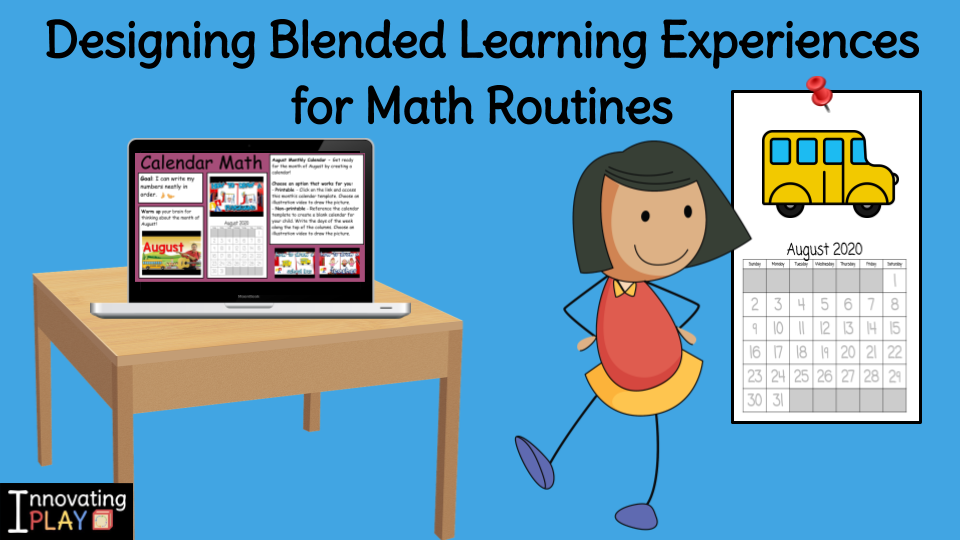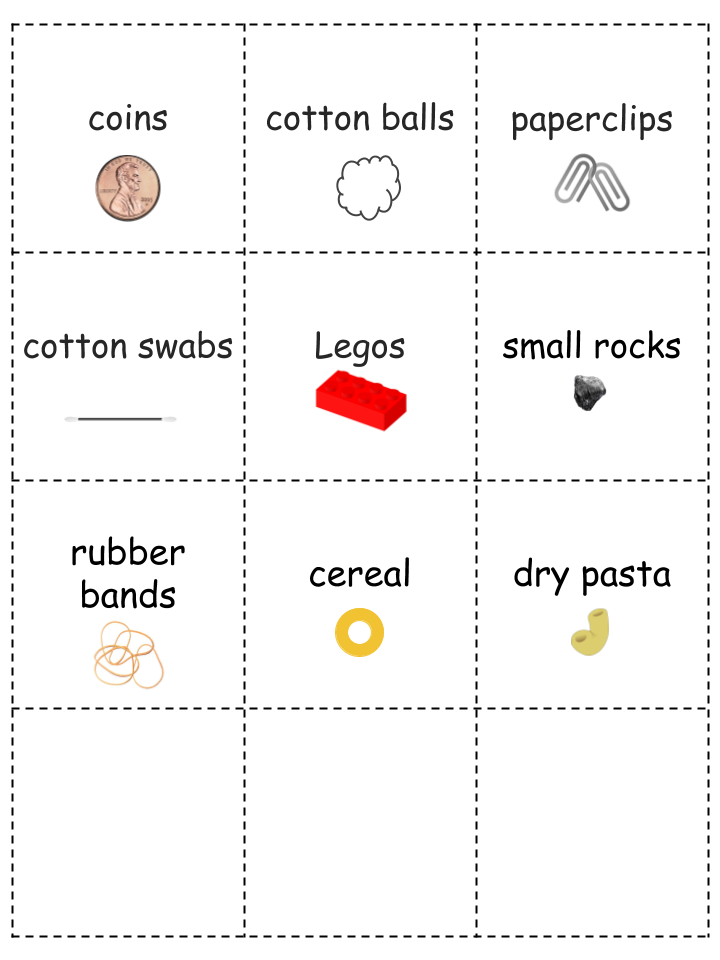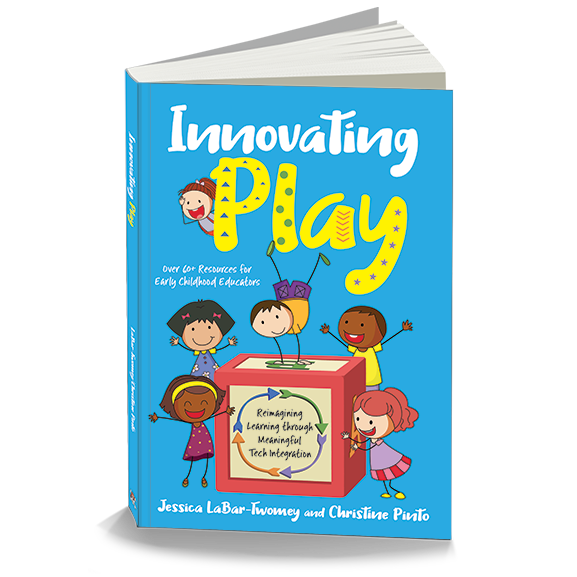
*This blog was originally written for distance learning, however, activities and resources are ones that we use in the classroom.
As teachers of young children, we know that the stages of development are critical as we establish a foundation for mathematical thinking. Children must pass through concrete and pictorial stages before moving to symbolic representation of numbers and ideas. While we have always tried to reflect this in our work with our students in the classroom, it is more important than ever that we are transparent and supportive with this knowledge as we navigate the new makeup or our learning communities. While tech can support remote learning experiences and offer new ways to communicate and visualize mathematical thinking, it should never be used to substitute the elements of math development which all children require.
As we guide families in working with their children to establish learning spaces at home, we can reflect on our strategies for creating spaces that nurture the development of mathematical thinking. In this, we must pause to consider what is at the heart of meaningful learning environments when we approach mathematics. This does not mean having fancy materials available all the time, or that families need to spend money at all to set up their learning space at home. This is a time for us to consider how we can embed mathematical exploration within a real-life setting in order to authentically support deeper understanding and problem-solving skills, while making rich learning accessible to all children and families.
Setting up a Math Learning Space
Setting up a learning space for mathematics plays a critical role in our initial lessons with students. In the classroom, we take time to introduce a variety of materials and how we use and care for them. Instead of rushing through this part during remote learning, we can continue to open up to this process and allow it to guide our learning! In this, we help children and families to take ownership of their personalized learning spaces which represent possibilities for math to hold a deeper connection to daily lives at home.
Create a Calendar
Calendars are a simple way to support children in organizing their thinking by providing a visual reference to solidify various schema about the world. Exploring the calendar allows children to develop understanding of order and sequence through representation of days, months, events, and seasons. Along with this, children have the chance to consistently review symbolic numbers and number order, supporting foundational math concepts. In order to ensure that all children have access to a monthly calendar, we have created a Google Slide resource that may be shared with students at the beginning of each month. Learning goals include: counting, number order and sequencing, and number formation. Completed calendars may be used as part of math routines for learning at home. Students have the option of printing a calendar directly from this resource, or creating their own calendar using the visual reference provided.
innovatingplay.world/calendarmath
Prepare Hands-On Manipulatives
Concrete math experiences form the foundation for our young learners. Their hands MUST have the chance to manipulate, explore, and create as a part of their daily math experiences. In the classroom, we house a variety of math materials for exploration. Unifix Cubes, Snap Cubes, tiles, counting bears, dice, pattern blocks…the list could go on and on. When learning at home, we can help caregivers in understanding the importance of these materials by encouraging collections of objects that can be available to support learning at home. Offering children the chance to contribute to their learning space by having them create collections of open-ended objects ahead of time will ensure that they are ready to actively engage in concrete math experiences. By letting families in on the importance of the concrete stage of development, we also support them in gaining a deeper understanding for their child’s needs as a learner.

Link to Counting Object Collection Cards
Leveraging Digital Spaces to Facilitate Math Routines
In the classroom, we include a variety of visual opportunities to explore and represent numbers as part of daily routines. Modeling ways to collect data as we keep track of the days of school includes exploration of place value, ten frames, and number charts. Noticing daily weather and patterns over time also provides an authentic source for data collection as we graph information to document observations. All of these experiences have a place in our learning, even in a remote setting. As collaborating classes from across the country, we have used technology to capture and share these experiences between our classrooms. The strategies we have developed have provided rich ways of collecting, documenting, sharing and analyzing data over time, regardless of the fact that we were working in different locations.
Days of School
In our Days of School Representation templates, there are three sheets for the three different ways to “see” the days of school. Teachers can support students in representing the days of school in numeral/digit form, with ten frames, and on a number chart. Each representation comes with its own sheet located on the bottom of these templates. If you have a physical chart in your room, with straws or popsicle sticks as counters, continue to use that too! The goal is to offer students multiple ways to see/represent a number.
We offer two templates with the same sheets, one template is for a single class and the other is for collaborating classes, in Chapter 6 of Innovating Play!
Weather
Part of our weather ritual experience includes graphing the weather. Each day, the weather reporter from each of our classes reports the weather via video on our shared Weather Flipgrid. We added our grid to Flipgrid’s Disco Library! Part of our weather ritual experience includes the math component of graphing the weather in a chart. Our Weather Graph includes a chart for each month for the weather to be graphed. Just like the Days of School Representation templates, we are offering two weather templates with the same sheets: one template is for a single class and the other is for collaborating classes. These resources are available in Chapter 5 of Innovating Play.
Immediate Access to Resources

Our Innovating Play book is available in print AND digitally through Amazon and Barnes & Noble. This means, if you purchase a digital version you can have access to resources NOW. Not only are you getting the resources mentioned in this post, but even more context for how they are used AND over 60 ADDITIONAL resources offered in the book. Prime shipping is available through Amazon if physical books suit you better. Thank you for supporting our work and the time, energy, and effort it takes for us to create and share resources!
